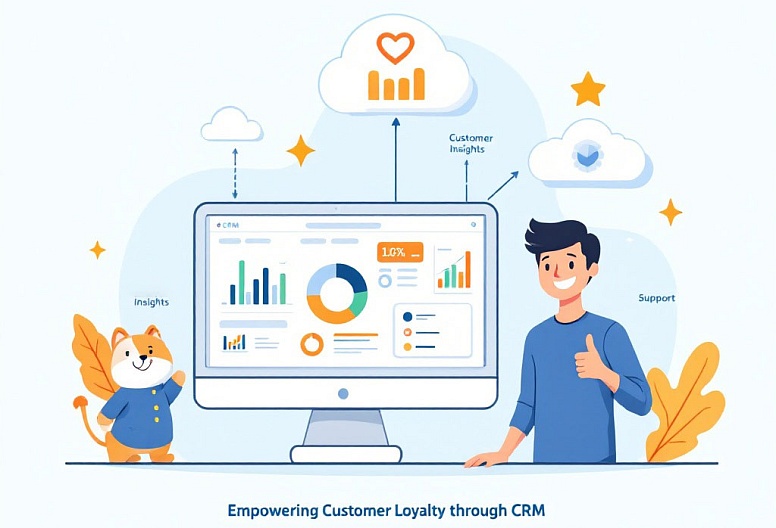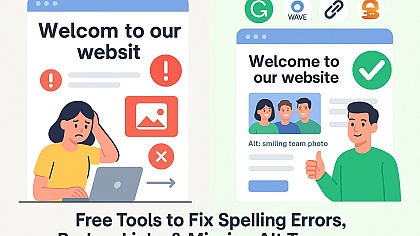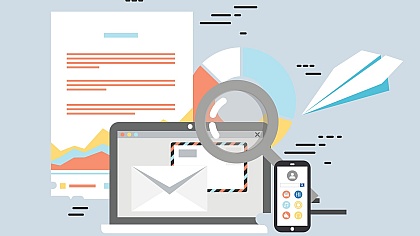
How CRM Systems Can Improve Customer Retention and Loyalty
In today's cutthroat business environment, customer retention reigns supreme. It's far more cost-effective to keep an existing customer happy than to acquire a new one. But how do businesses ensure those hard-won customers stick around?
The answer lies in Customer Relationship Management (CRM) systems. A well-implemented CRM can transform the way a company interacts with its customers, fostering loyalty and driving repeat business. That's why so many organizations work with experts like Pragmatic Coders.
But CRMs aren't magic bullets. They require a strategic approach to truly unlock their potential for improving customer retention and loyalty.
Personalized Engagement and Customer Loyalty
Generic interactions are a death knell for customer relationships. Customers want to feel like they're more than just a number.
A CRM allows businesses to gather and analyze customer data, creating detailed profiles that inform personalized engagement strategies.
Data-Driven Personalization
The first step is centralizing customer data. A CRM pulls information from various touchpoints — website interactions, sales calls, email correspondence, social media activity, and purchase history — into a single, unified view. This eliminates data silos and ensures everyone in the company has access to the same information.
With this data in hand, businesses can segment their customer base based on demographics, purchase behavior, interests, and other relevant factors. This segmentation allows for targeted marketing campaigns, personalized product recommendations, and tailored customer service interactions.
Imagine a customer who frequently purchases running shoes from an online store. The CRM tracks these purchases and identifies the customer's preferred brands, sizes, and running styles.
Instead of sending generic emails about all the new products, the store can send personalized recommendations for new running shoes that match the customer's preferences. This level of personalization shows the customer that the business understands their needs and values their patronage.
Anticipating Customer Needs
Personalized engagement isn't just about reacting to customer behavior; it's also about anticipating their needs. By analyzing historical data and identifying trends, businesses can proactively offer solutions and support before a customer even realizes they have a problem.
For example, a CRM can track customer inquiries and identify common pain points. If a large number of customers are experiencing difficulty with a particular product feature, the business can proactively send out tutorials, FAQs, or personalized emails offering assistance.
Similarly, a CRM can be used to identify customers who are at risk of churn. By tracking factors such as decreased website activity, declining purchase frequency, or negative feedback, the business can proactively reach out to these customers and offer incentives to stay. This proactive approach demonstrates that the business values its customers and is committed to their success.
Streamlined Customer Service and Preventing Customer Churn
Poor customer service is a leading cause of customer churn. Long wait times, unhelpful representatives, and unresolved issues can quickly erode customer loyalty.
A CRM can streamline customer service processes, empowering businesses to provide faster, more efficient, and more satisfying support experiences.
Omnichannel Support
Customers expect to be able to interact with businesses through a variety of channels, including phone, email, chat, social media, and in-person. An effective CRM integrates these channels into a single platform, allowing customer service representatives to switch between channels without losing track of the conversation.
This omnichannel approach ensures that customers can get the help they need, regardless of their preferred channel. It also allows businesses to provide a consistent customer experience across all touchpoints.
For example, a customer might start a conversation with a chatbot on a company's website and then switch to a phone call with a customer service representative to resolve a more complex issue.
Empowering Agents With Knowledge
A CRM can serve as a central knowledge repository, providing customer service representatives with the information they need to resolve issues quickly and efficiently. This knowledge base can include product documentation, FAQs, troubleshooting guides, and best practices.
By empowering agents with the right information, businesses can increase first-call resolution rates, reduce average handle times, and improve customer satisfaction. It also allows new agents to get up to speed quickly, ensuring that all customers receive a consistent level of service.
Feedback Loops
A CRM can facilitate the collection and analysis of customer feedback, allowing businesses to identify areas for improvement and address customer concerns proactively. This feedback can be collected through surveys, online reviews, social media monitoring, and direct customer interactions.
By analyzing this feedback, businesses can identify common pain points, understand customer expectations, and develop strategies to improve the customer experience. They can also use this feedback to identify opportunities for product innovation and service enhancements.
Moreover, a CRM can be used to track customer complaints and ensure that they are resolved promptly and satisfactorily. This includes assigning complaints to the appropriate personnel, tracking the progress of resolutions, and following up with customers to ensure they are satisfied with the outcome.
Can CRM Analytics Help Predict and Prevent Customer Churn?
Churn is the silent killer of business growth. Losing customers is not only expensive but also damages a company's reputation.
CRM analytics can provide valuable insights into customer behavior, allowing businesses to identify customers who are at risk of churning and take proactive measures to prevent it.
Identifying At-Risk Customers
CRM systems can use predictive modeling techniques to identify customers who are likely to churn. These models analyze a variety of factors, such as purchase history, website activity, customer service interactions, and demographics, to identify patterns that are indicative of churn.
By identifying these at-risk customers, businesses can proactively reach out to them and offer incentives to stay. This might include offering discounts, providing personalized support, or addressing any concerns they may have.
Understanding Churn Drivers
CRM analytics can also help businesses understand why customers are churning. By analyzing churn data, businesses can identify the most common reasons why customers are leaving and develop strategies to address these issues.
For example, if a large number of customers are churning due to poor customer service, the business might invest in training for its customer service representatives or implement new technologies to improve the customer service experience.
Similarly, if a large number of customers are churning due to high prices, the business might consider offering discounts or loyalty programs to make its products or services more competitive.
CRM systems are powerful tools that can significantly improve customer retention and loyalty. By personalizing engagement, streamlining customer service, and using analytics to predict and prevent churn, businesses can foster stronger relationships with their customers and drive long-term growth.
However, CRM is only as effective as the strategy behind it. Businesses must carefully plan their CRM implementation and use it to create a customer-centric culture that values loyalty and satisfaction.














